Physicists convert beams of light into frictionless supersolid, first step toward advanced quantum materials and future photonic technologies


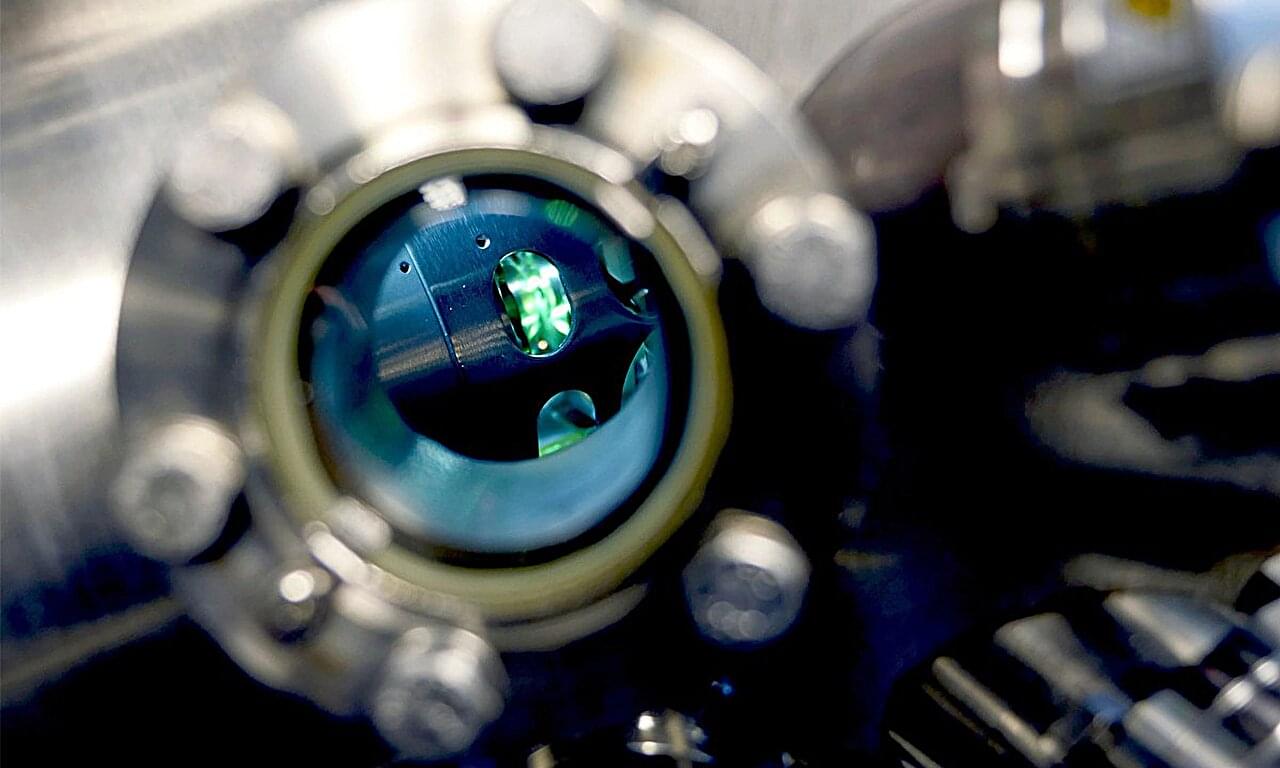
The orbital angular momentum of electrons has long been considered a minor physical phenomenon, suppressed in most crystals and largely overlooked. Scientists at Forschungszentrum Jülich have now discovered that in certain materials it is not only preserved but can even be actively controlled. This is due to a property of the crystal structure called chirality, which also influences many other processes in nature.
The discovery has the potential to lead to a new class of electronic components capable of transmitting information with exceptional robustness and energy efficiency.
From electronics to spintronics, and now to orbitronics: In classical electronics, it is primarily the charge of the electron that counts. In modern approaches such as quantum computing and spintronics, the focus has shifted to the electron’s spin.
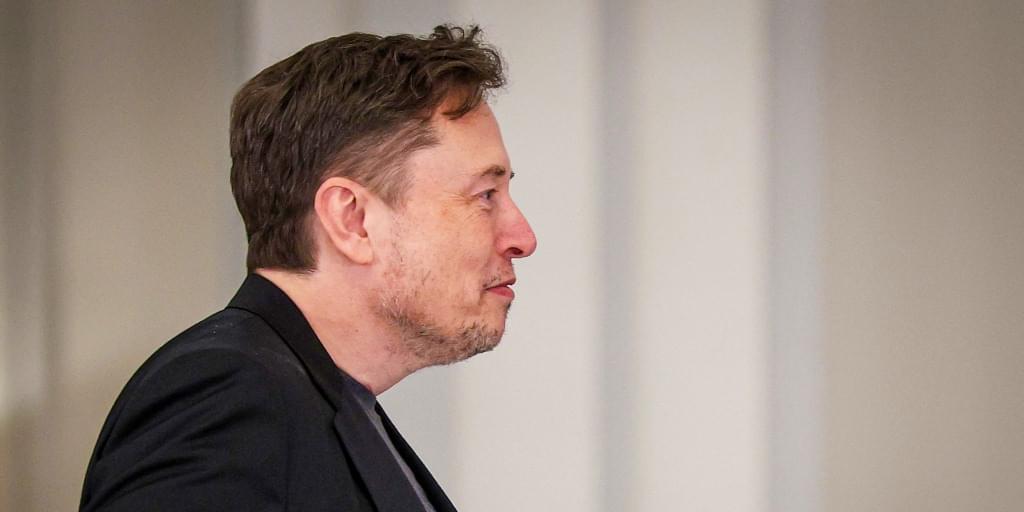

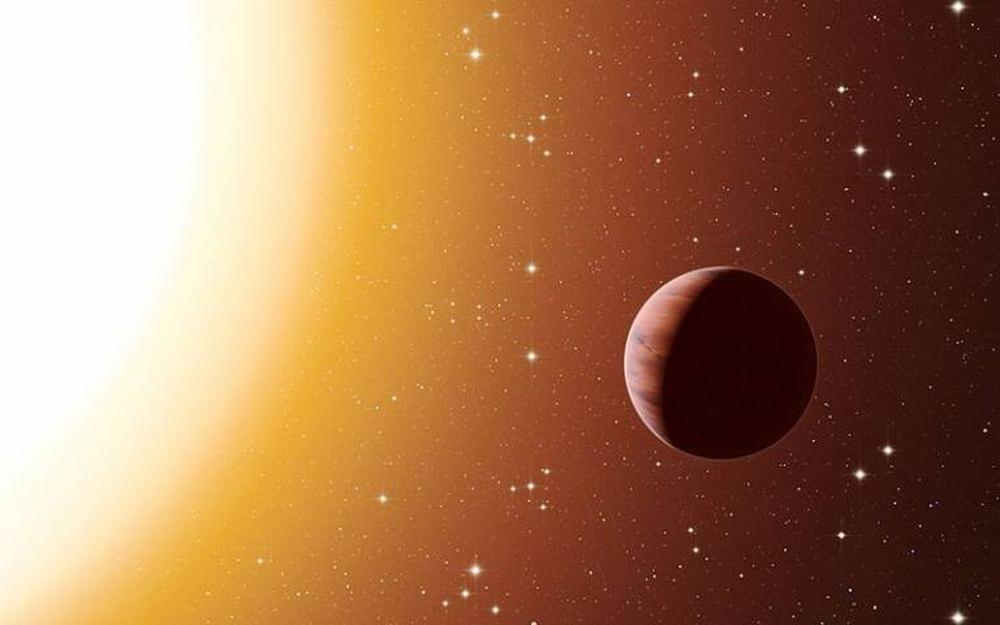
Tracking exoplanets via orbital mechanics isn’t easy. Plenty of variables could affect how a planet moves around its star, and determining which ones affect any given exoplanet requires a lot of data and a lot of modeling. A recent paper from researchers led by Kaviya Parthasarathy from National Tsing Hua University in Taiwan tries to break through the noise and determine what is causing the Transit Timing Variations (TTVs) of HAT-P-12b, more commonly known as Puli.
Puli is a “sub-Saturn” exoplanet that orbits the star HAT-P-12, also known as Komondor. Both the star and its planet are named after dog breeds as they reside in the constellation Canes Venatici and lie about 463 light years away from Earth. Nothing is particularly special about the star or the planet, except that they have had a lot of data collected on them.
The paper analyzed 46 light curves watching Puli traverse in front of Komondor. Some were previously published, whereas others, including some ground-based observations and some new data from the Transiting Exoplanet Survey Satellite, were never before analyzed.

The winners of the 2025 Milky Way Photographer of the Year contest have been announced, highlighting epic imagery of the Milky Way from around the world, and even from above it. The contest, hosted by travel photography blog Capture the Atlas, is in its eighth year.
This year, the contest received 6,000 entries from photographers of 16 different nationalities. Images spanned 25 locations around the globe, including Chile, the United States, Greece, Switzerland, Guatemala, New Zealand, Taiwan, Yemen, Chad, India, Namibia, Spain and more. Plus, an image taken from space was included in the collection for the first time. Some photos captured celestial events like a comet, a meteor shower and a lunar eclipse.
Dan Zafra, the editor of Capture the Atlas, curates the annual list based on image quality, the story behind the shot and the overall inspiration it provides. Zafra says the project’s goal is to inspire people to connect with the night sky and “to encourage photographers to explore and photograph the Milky Way from new angles.”
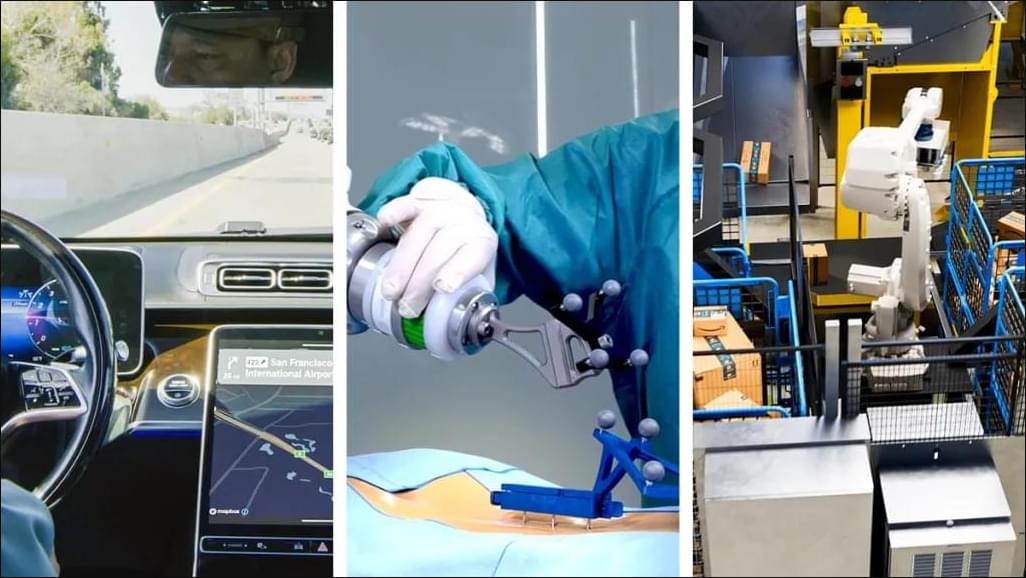
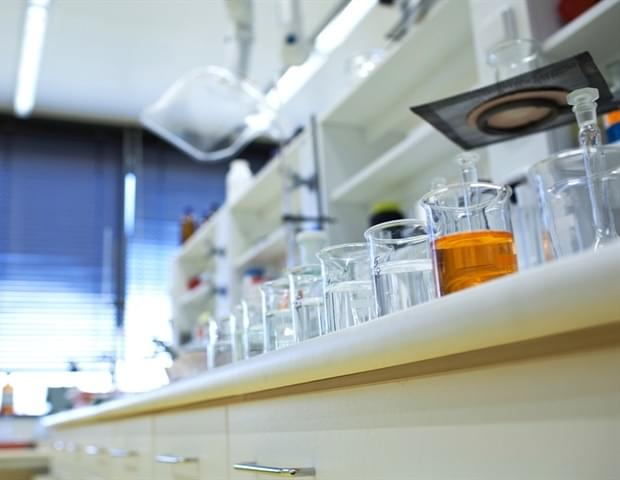
Vision is one of the most crucial human senses, yet over 300 million people worldwide are at risk of vision loss due to various retinal diseases. While recent advancements in retinal disease treatments have successfully slowed disease progression, no effective therapy has been developed to restore already lost vision-until now. KAIST researchers have successfully developed a novel drug to restore vision.
KAIST (represented by President Kwang Hyung Lee) announced on the 30th of March that a research team led by Professor Jin Woo Kim from the Department of Biological Sciences has developed a treatment method that restores vision through retinal nerve regeneration.
The research team successfully induced retinal regeneration and vision recovery in a disease-model mouse by administering a compound that blocks the PROX1 (prospero homeobox 1) protein, which suppresses retinal regeneration. Furthermore, the effect lasted for more than six months.
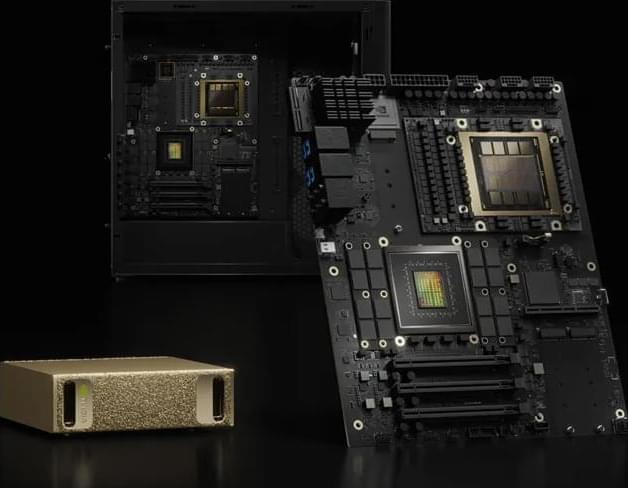
This is a short summary talk by Ivan Kroupin (https://scholar.google.com/citations?user=XjxueRYAAAAJ&hl=en) and Tian Chen Zeng (https://www.researchgate.net/…